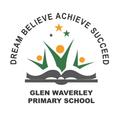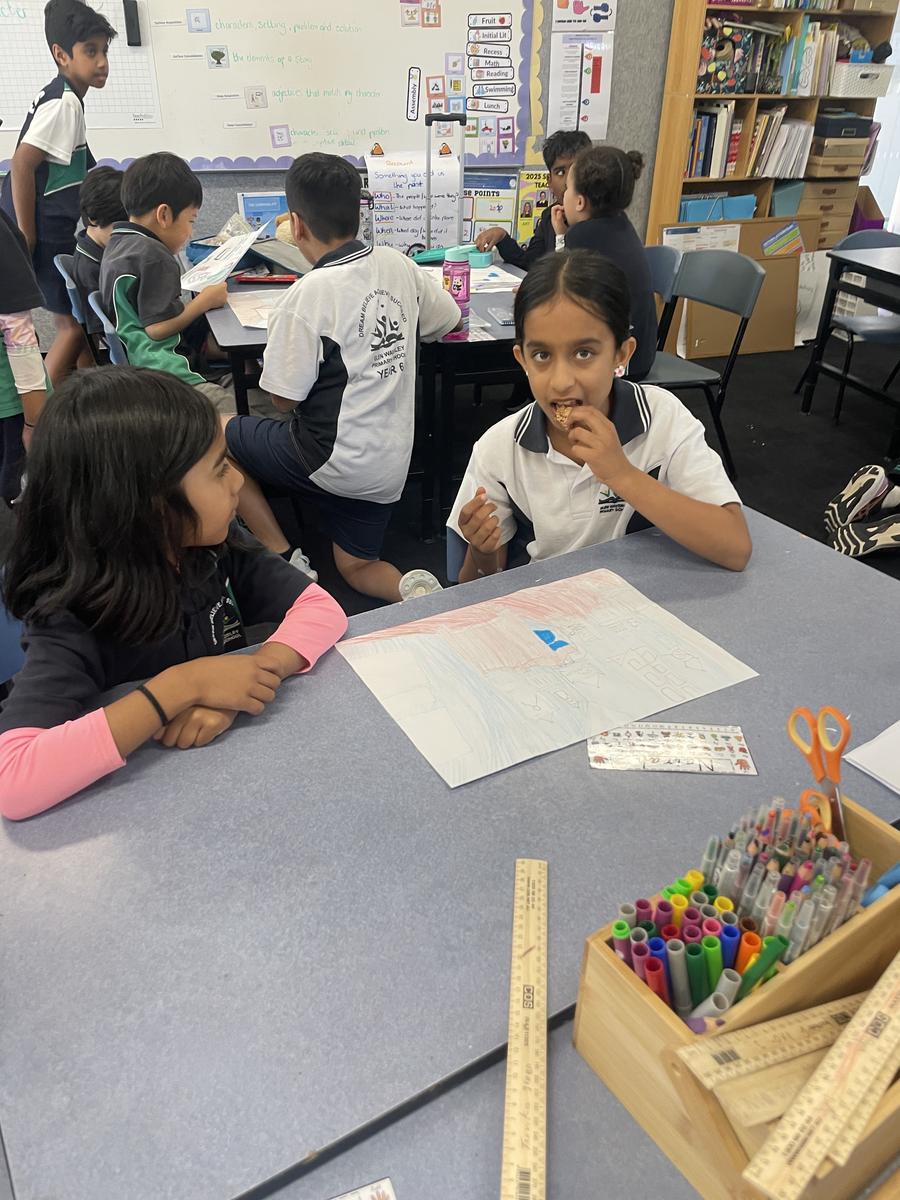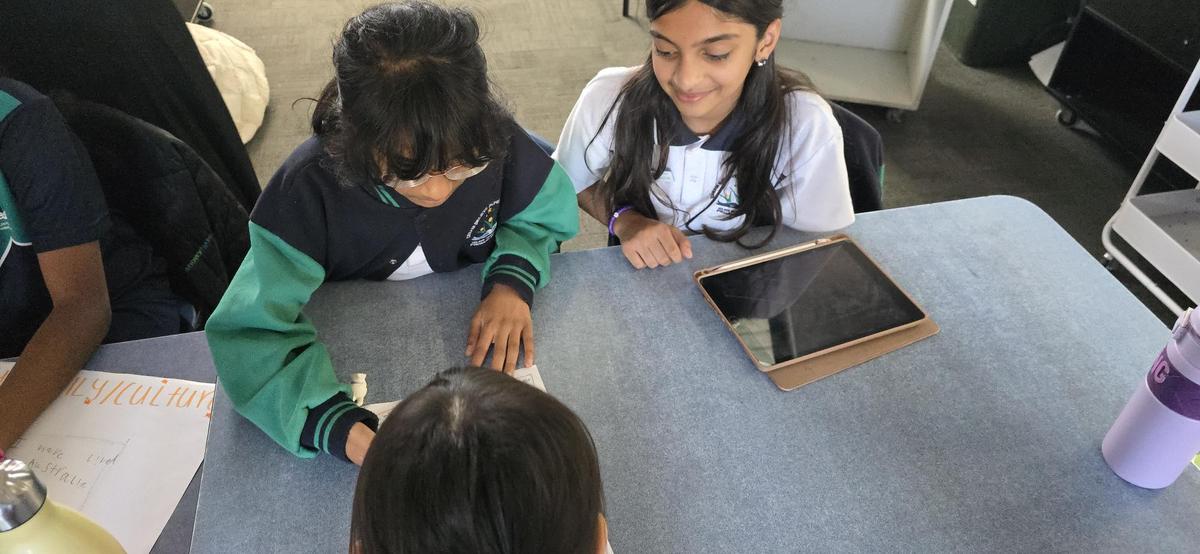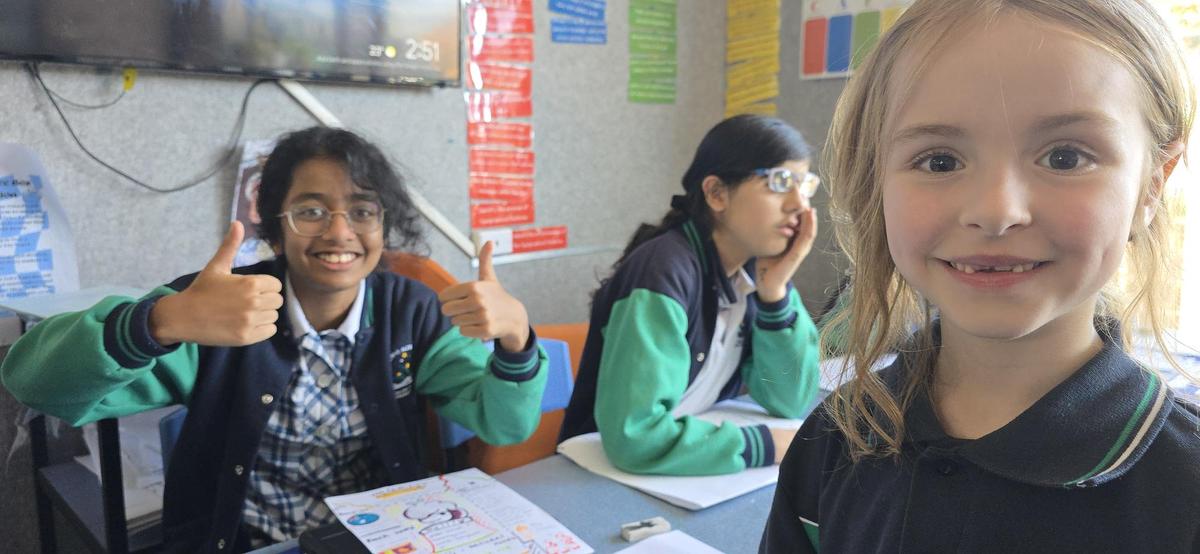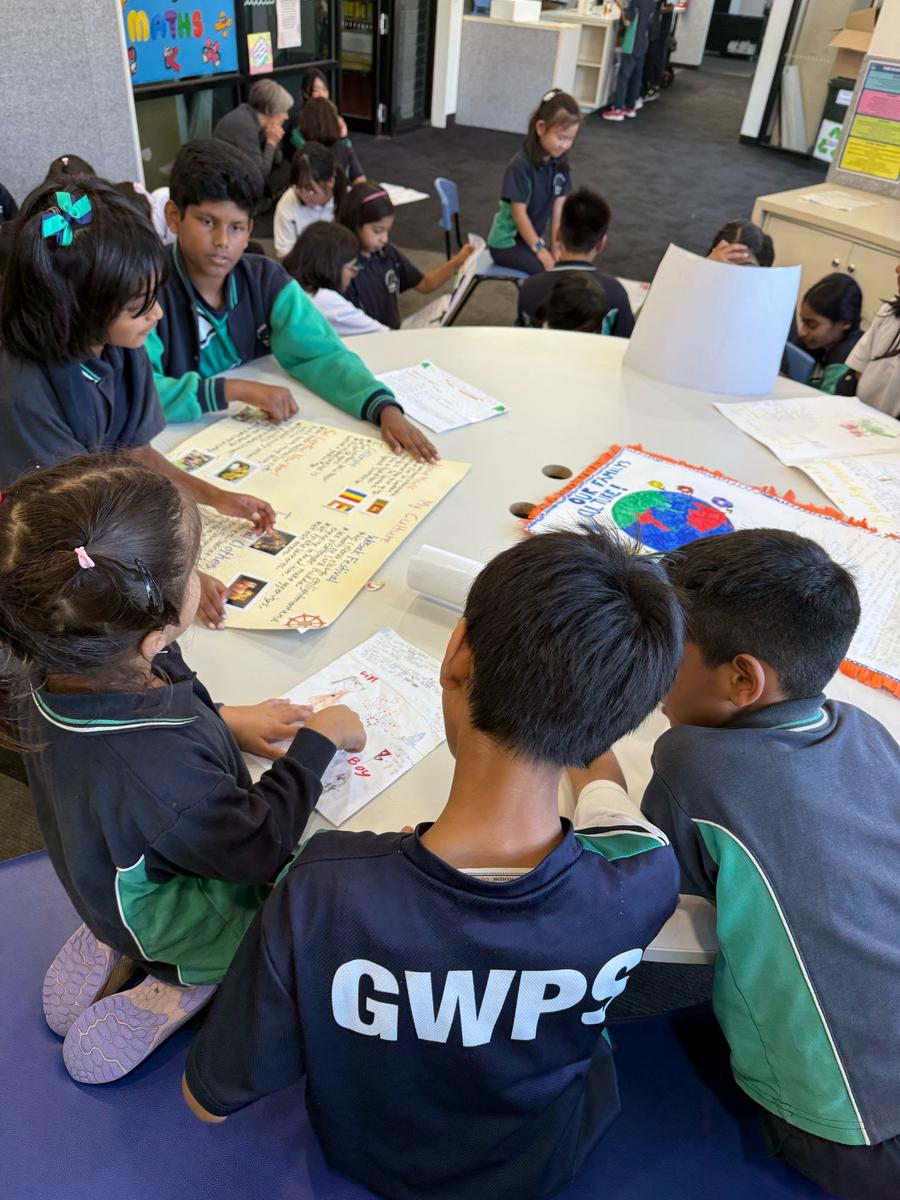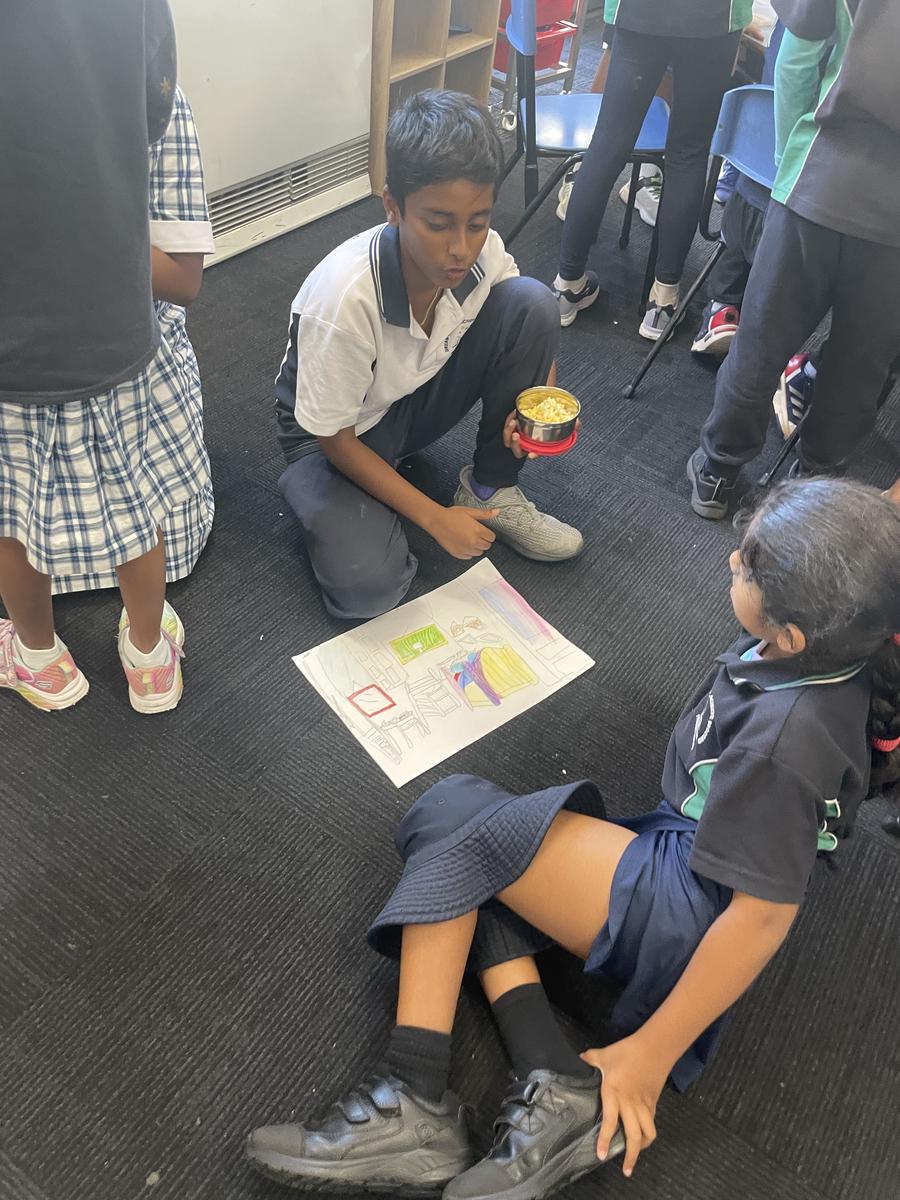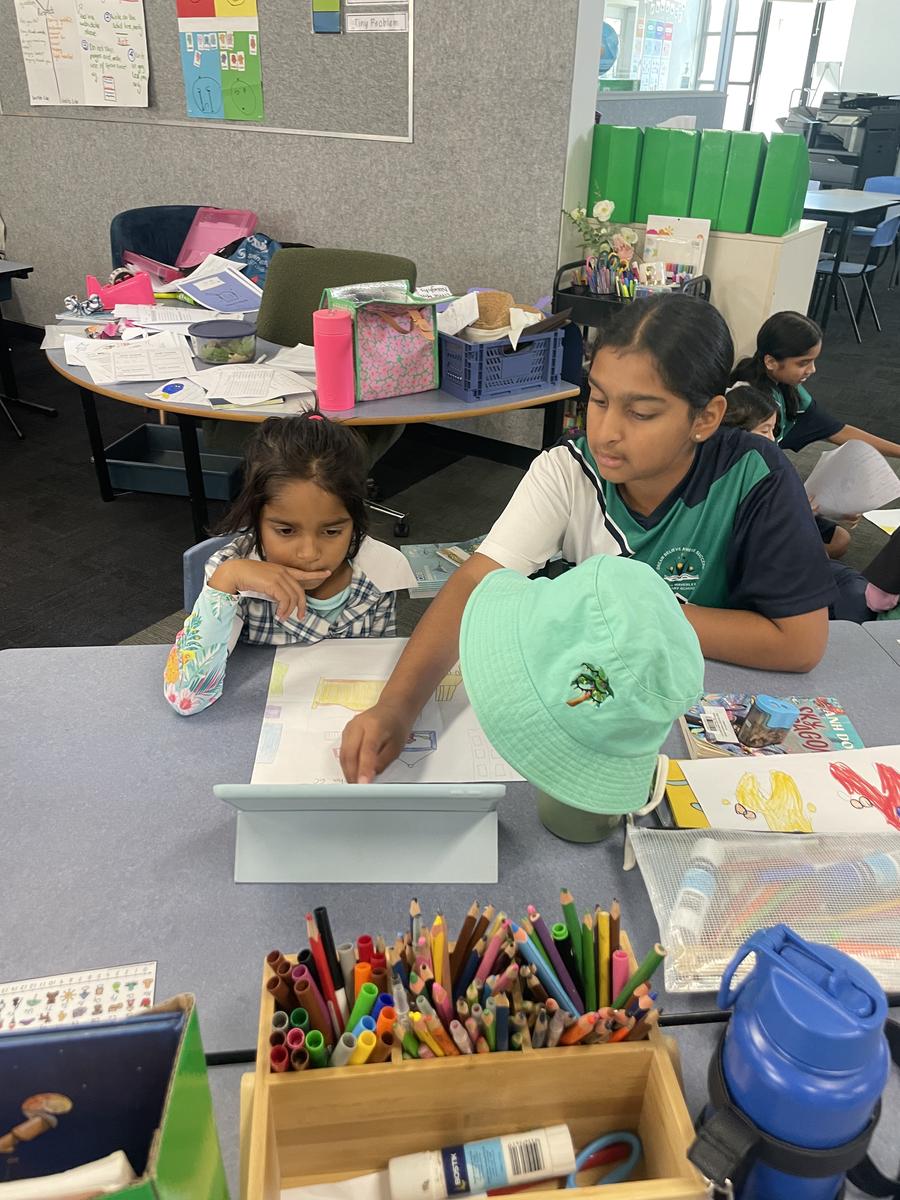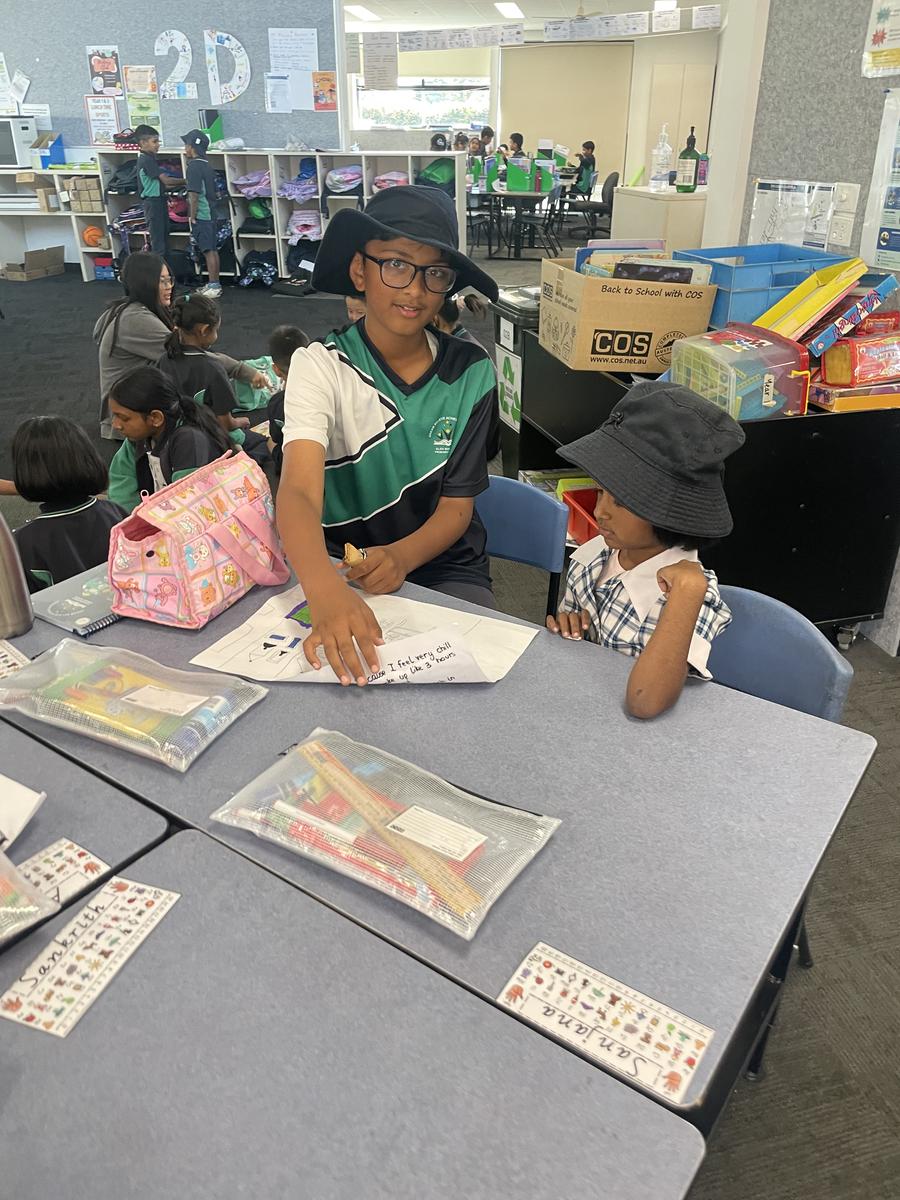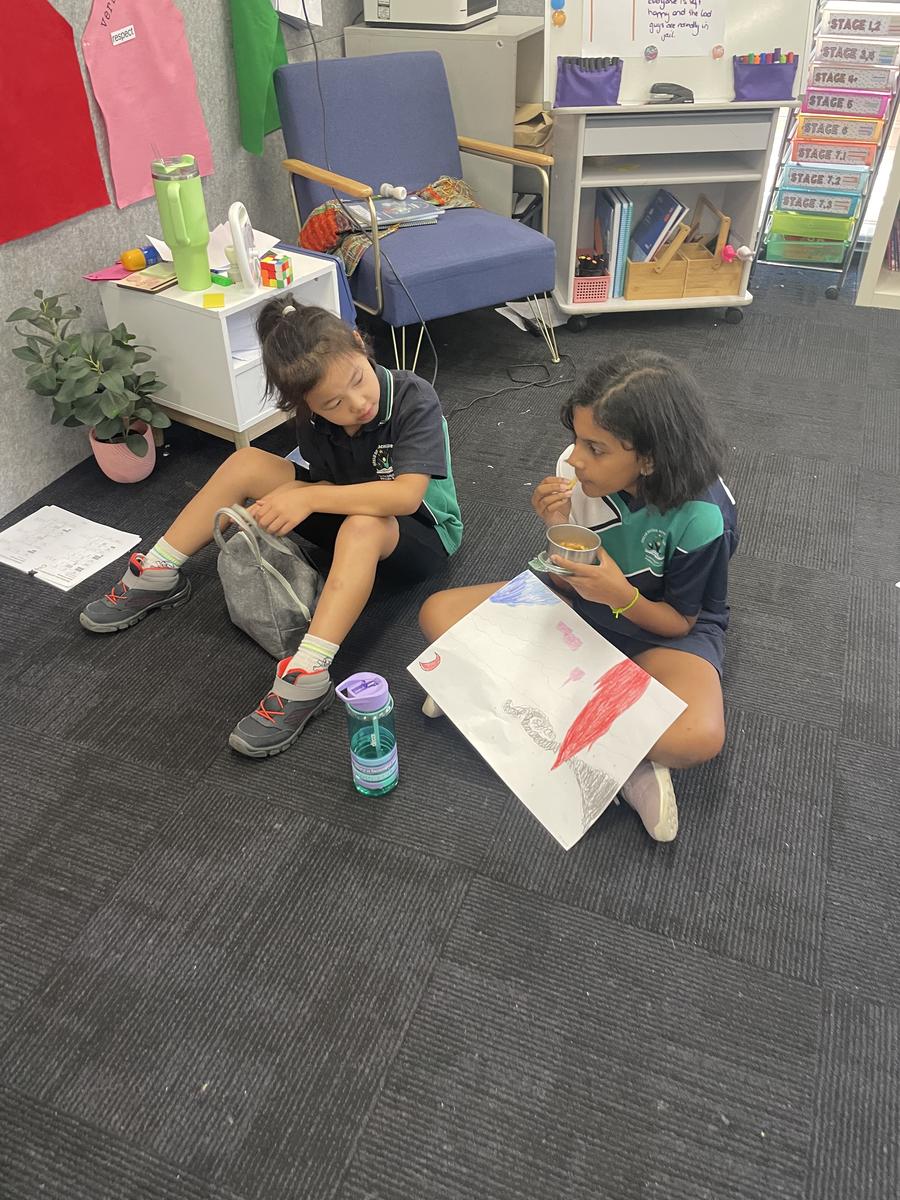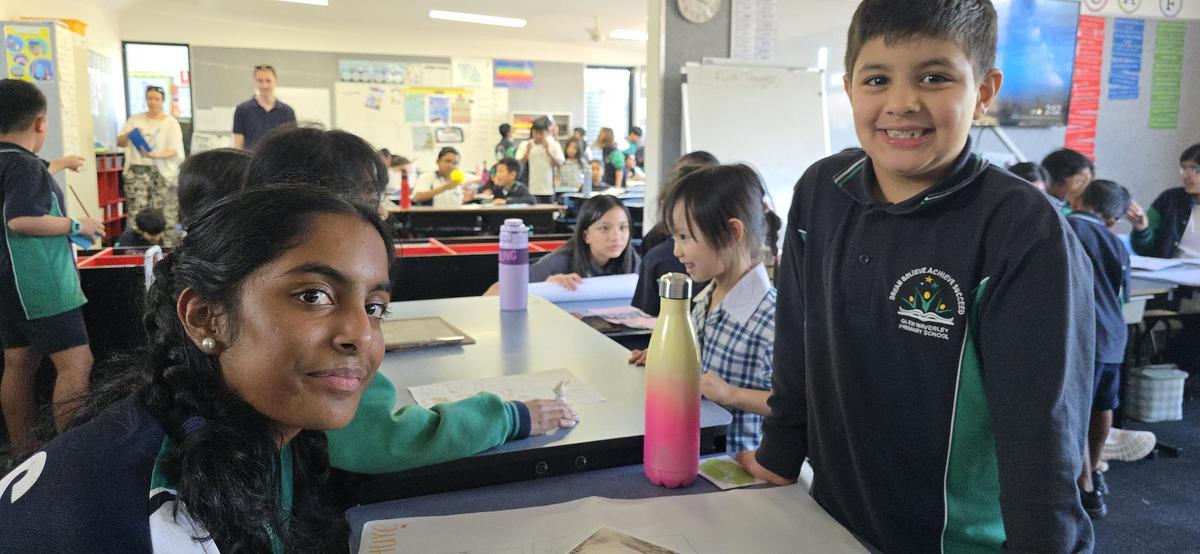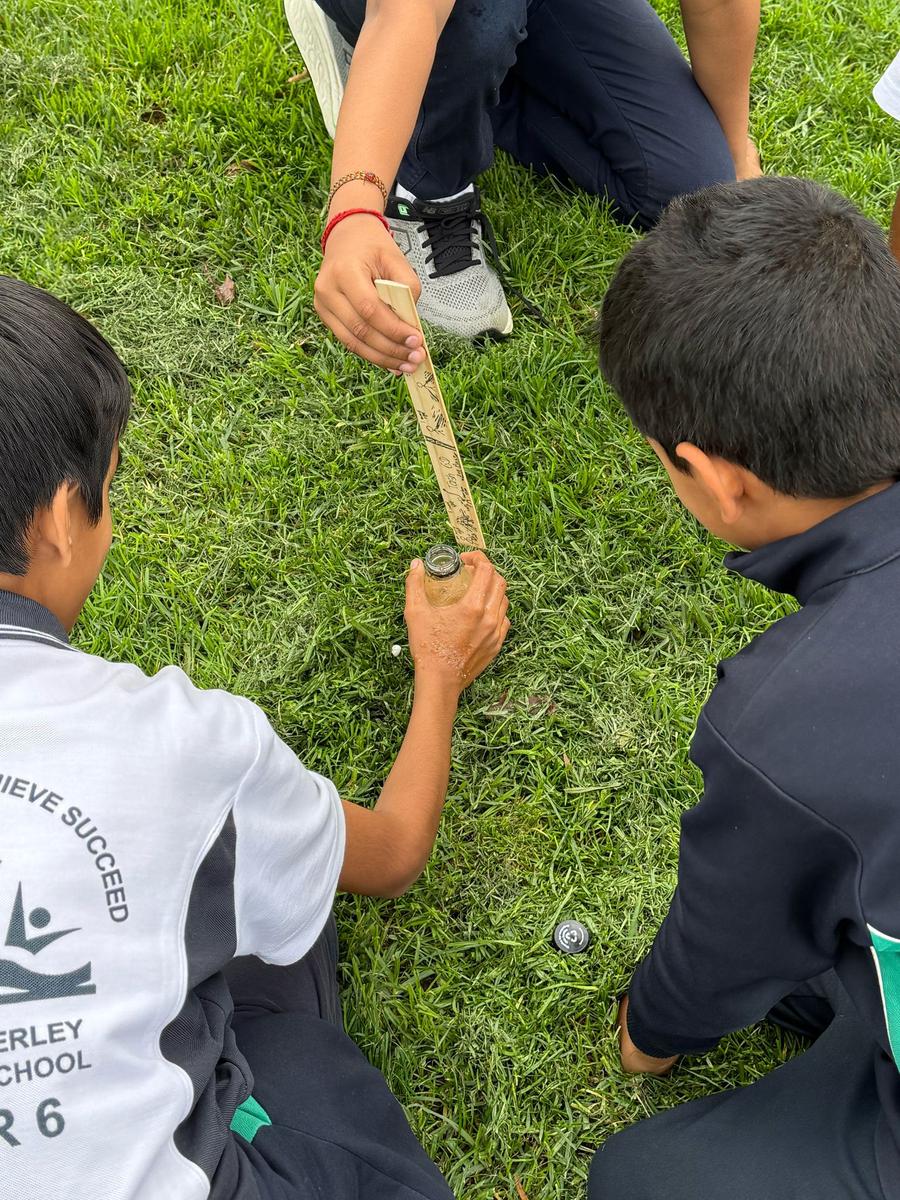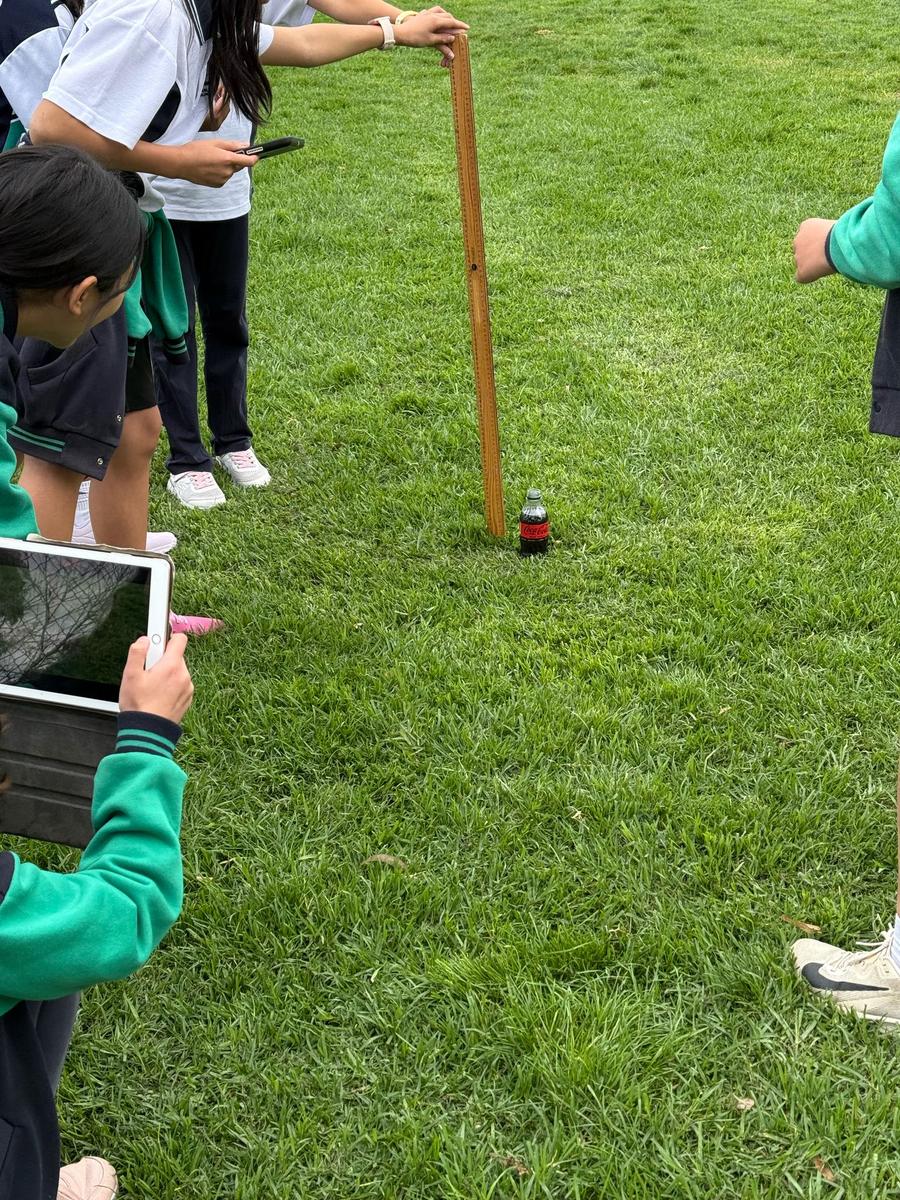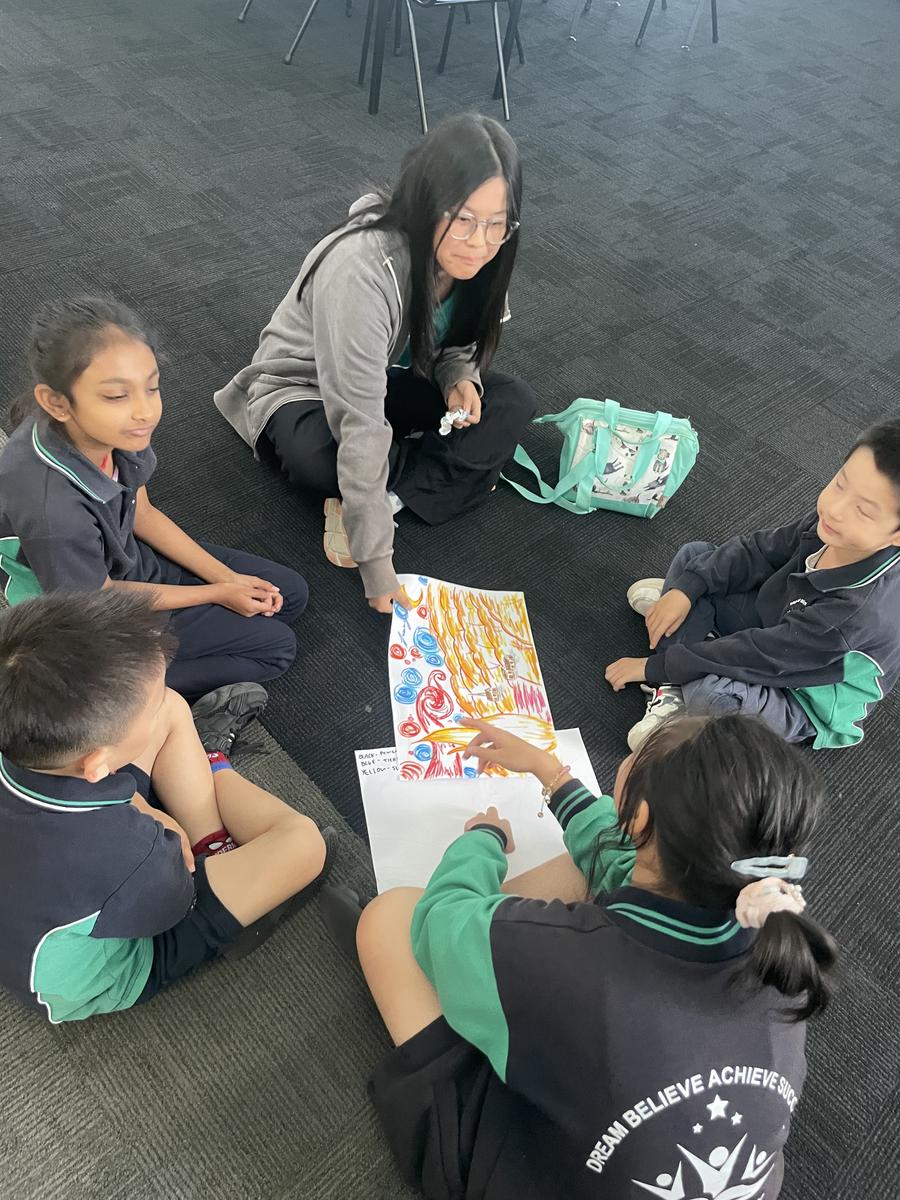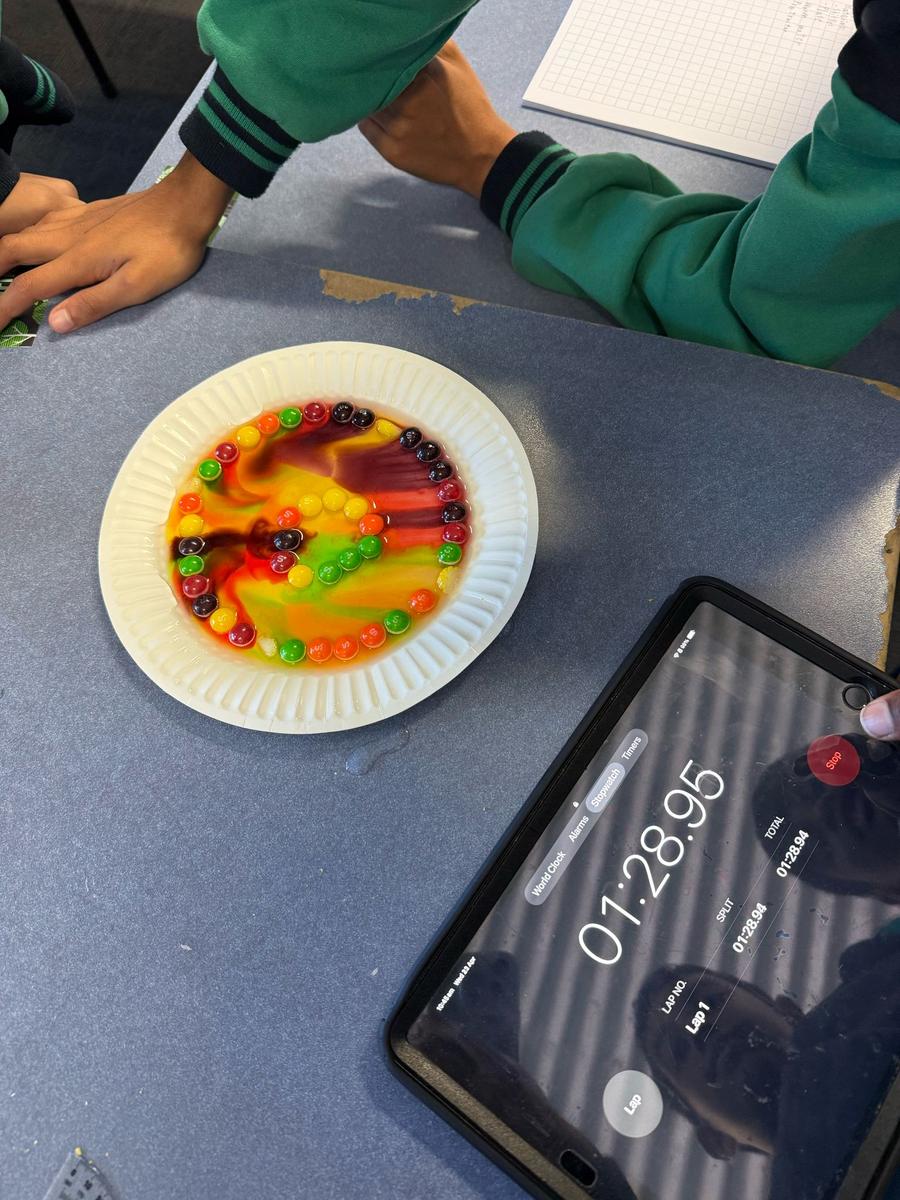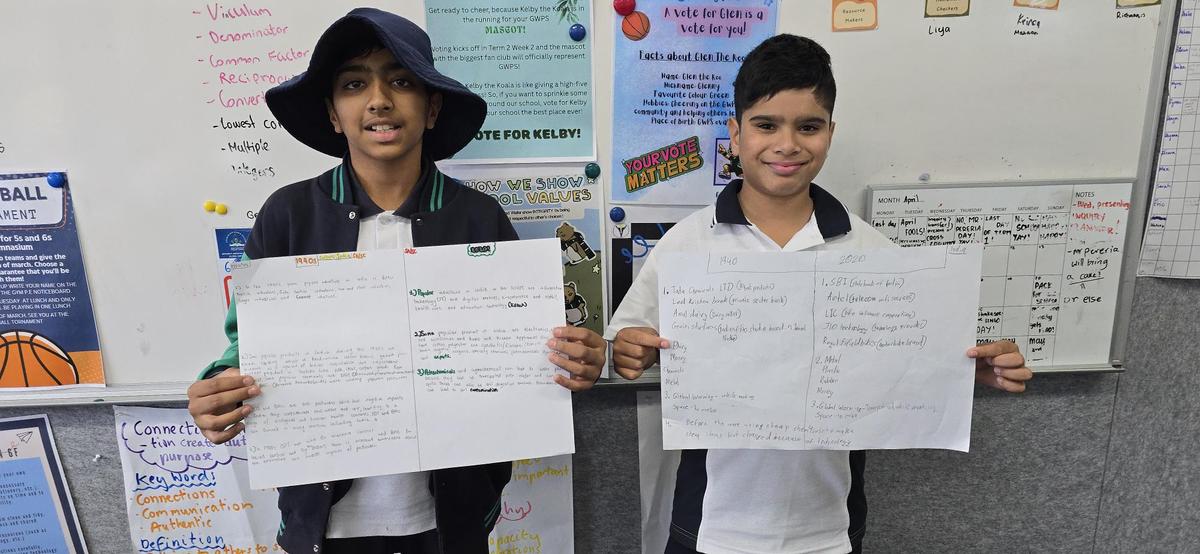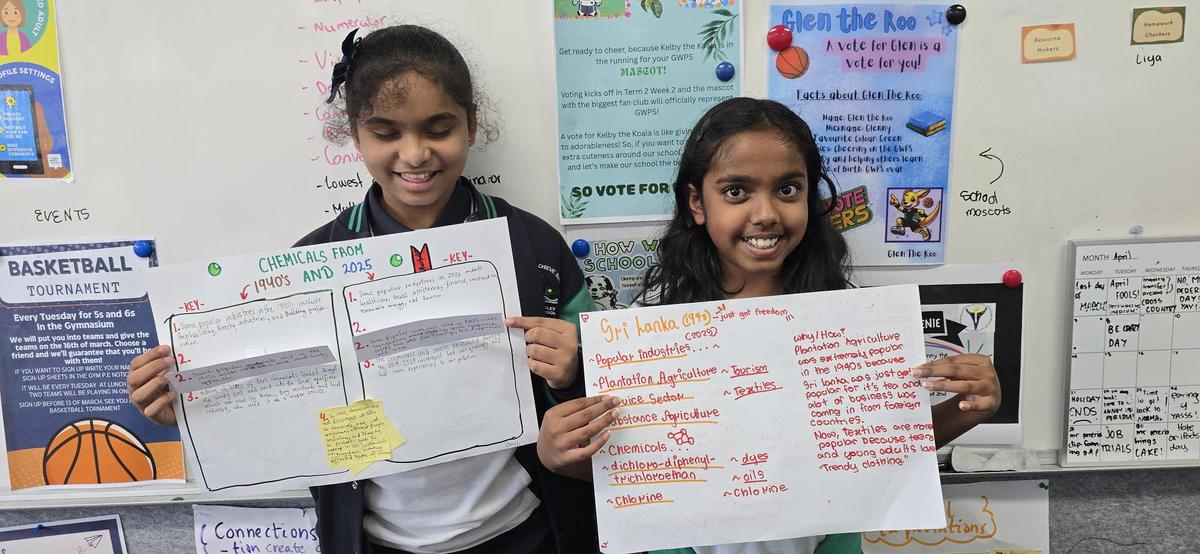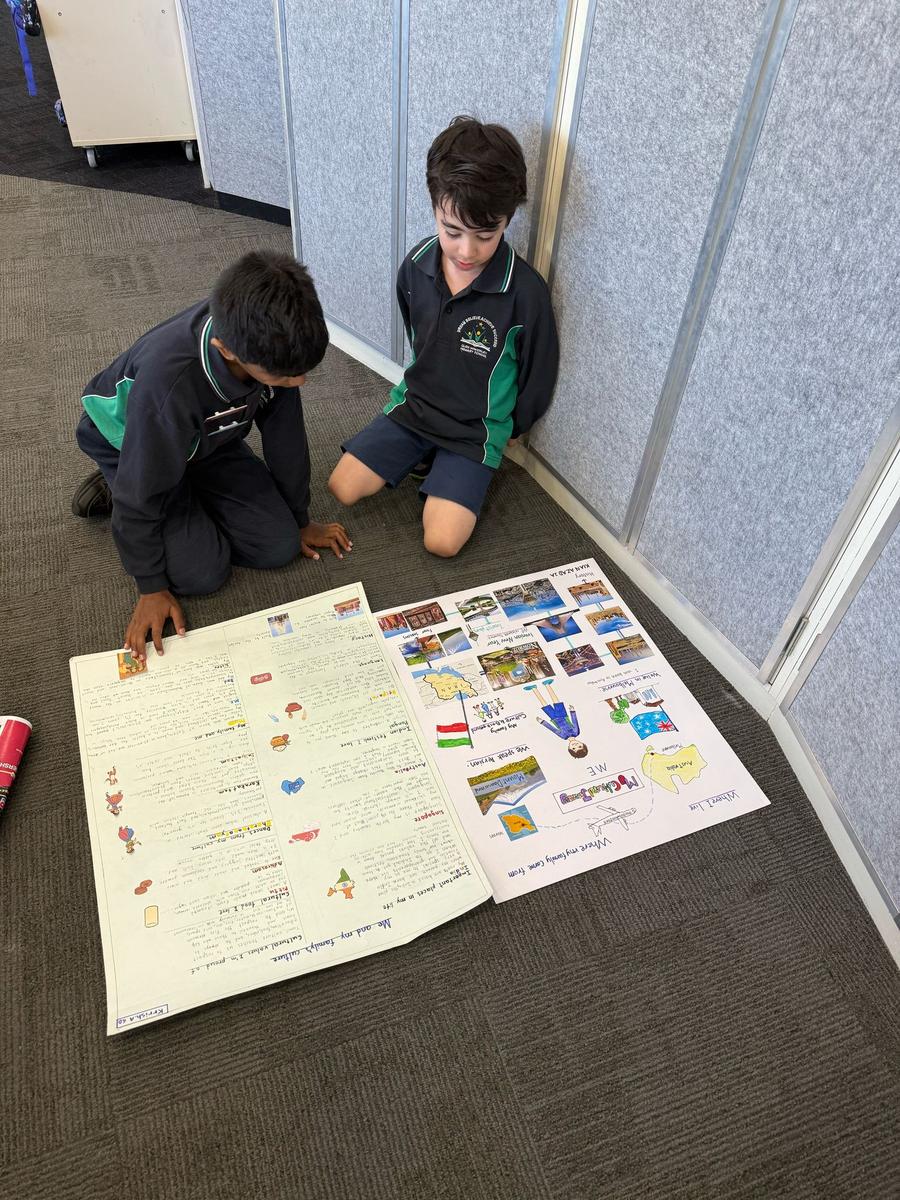Term 2 Level 6 Newsletter 2025
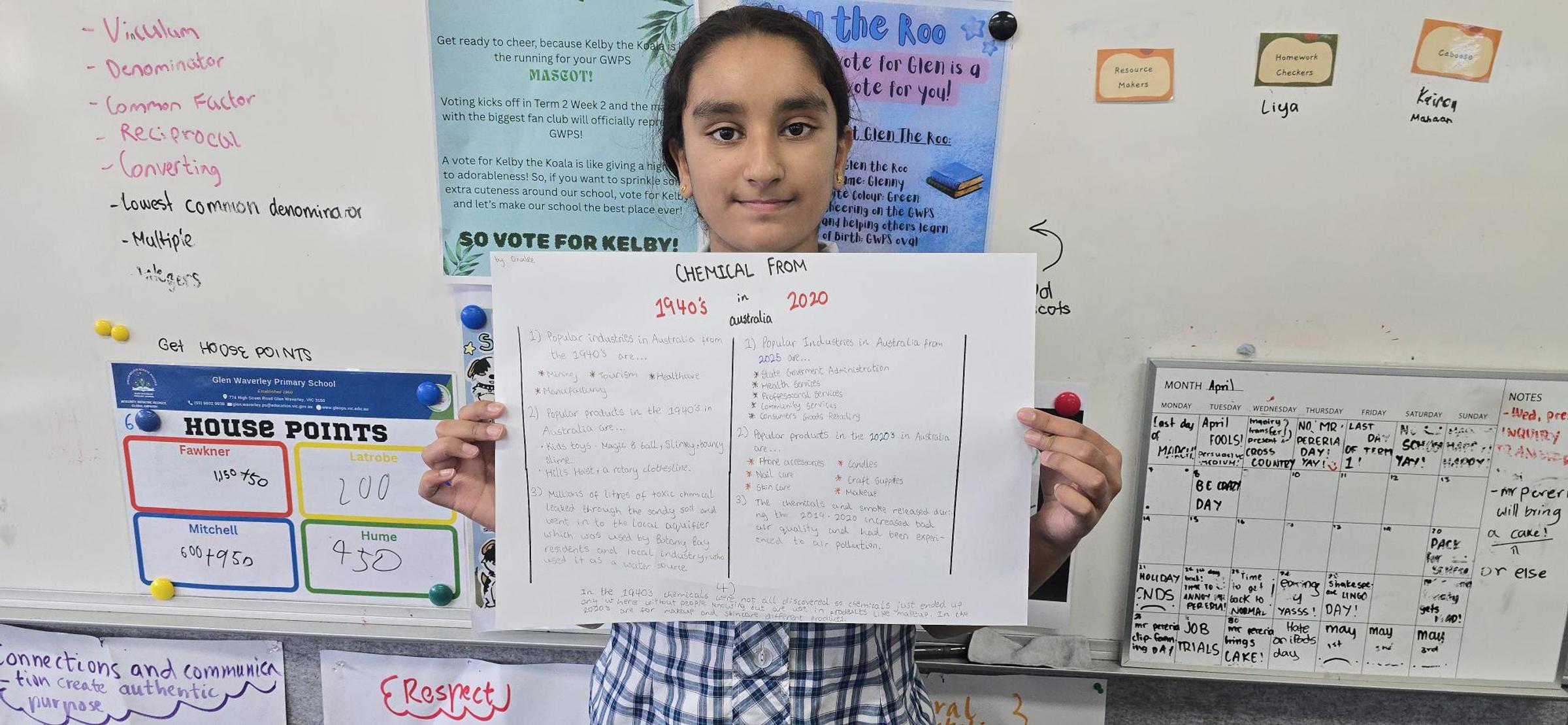
Reading
During Term 2, learners will begin to engage in Literature Circles, working in small groups to explore novels from a range of different genres. Each group will read a selected text, providing students with the opportunity to take ownership of their reading and collaborate meaningfully with their peers. As they rotate through roles such as the discussion general, word wizard and inference maker, they will continue building on the reading strategies developed in Term 1. These include making inferences, summarising, expanding vocabulary and analysing character development. Literature circles create great opportunities for rich discussion, allowing learners to share their ideas, listen to different perspectives and build confidence in their thinking.
Reading Key Vocabulary:
Inference, summarising, main idea, theme, character, comprehension, vocabulary, prediction, perspective
Writing
During Term Two, students will deepen their understanding of scientific reports through a series of structured and hands-on learning experiences. In alignment with the Science curriculum and Inquiry unit of learning, they will explore the objectives and methodologies of scientific experimentation, as well as the importance of accurately documenting findings in formal scientific reports. Emphasis will be placed on the key structural components of a scientific report, with particular attention given to the role each section plays in presenting clear and precise information. Students will also engage in an in-depth analysis of explanatory texts, focusing on strategies to communicate complex scientific concepts in a coherent and engaging manner. These skills will then be applied in the creation of explanatory texts to complement their Inquiry transfer projects, where they will conduct research and develop a sustainable chemical product.
Writing Key Vocabulary:
Scientific report, scientific method, hypothesis, methodology, variables, explanatory text
How can you support your child’s English learning at home?
- Continue to encourage your child to read regularly and engage with Home Learning reading tasks.
- Ask questions to strengthen you child’s understanding of the text they are reading. Prompting questions you can use during discussions with your child can include:
- What did you read? What did you enjoy about it and why?
- What happened and why do you think it happened?
- Who are the characters? What did they do and why did they do it?
- What is the theme of the text and how do you know?
- Promote curiosity about the world around us and how things work. Your child may like to research areas of interest and share their findings with friends, family and their class at school.
Mathematics
During Term Two in Mathematics, students will represent, compare, and order positive and negative decimals; convert between terminating decimals and fractions; add, subtract, multiply, divide (including writing one number as a decimal of another and finding a decimal of a number). They will then represent percentages, including percentages greater than 100%. Where students will convert between decimals, fractions, and percentages; write one number as a percentage of another (including where the percentage is greater than 100%) and find a percentage of a number, including financial applications. In Statistics, students will learn to define and classify data and variables as categorical or numerical. They will create displays for categorical data including column graphs and pictograms. Students then will create displays of numerical data including dot plots, stem-and-leaf plots, and line graphs, rich task on percentages and data. Following this in Algebra, students defined and used pronumerals to represent constant and variable amounts from worded descriptions and to generalise numerical arithmetic. Lastly, in Space, students will deepen their ability to identify prisms, pyramids, cones, and spheres; representing three-dimensional objects in two dimensions including using nets and views (plan and elevations); identifying and illustrate the cross-sections of three-dimensional objects.
Mathematics Key Vocabulary:
Terminating decimals, rational numbers, categorical and numerical data, pronumeral and cross-section.
How can you support your child’s Mathematics learning at home?
- Discuss how data and statistics are used in a range of occupations. What kind of data do they use? How do they gather, represent and use the data?
- Analyse statistics presented within the media.
Inquiry
Question: How do our choices with chemical use impact the world around us?
Global Goal: Global Goal 12. Responsible Consumption and Production.
During Term Two, learners will explore the Inquiry question, ‘How do our choices with chemical use impact the world around us?’ and Global Goal 12, ‘Responsible Consumption and Production’. They will examine the role of chemicals in everyday life and their broader environmental implications. Students will identify chemicals in familiar contexts, such as cleaning products and clothing manufacturing, before using hands-on experiments to deepen their understanding of chemical science concepts, including states of matter, chemical reactions, and the distinction between reversible and irreversible changes. They will explore the ethical, environmental and health impacts of chemical use, question the motivations behind production choices, and investigate alternatives. As their transfer of learning, students will use the STEAM design process and their scientific understanding to design an environmentally sustainable chemical product.
Inquiry Key Vocabulary:
Chemical, reversible, irreversible, reaction, matter, properties.
How can you support your child’s Inquiry learning at home?
- Talk to your child about changes in your everyday life – for example, metals rusting, water freezing and melting, changes during cooking.
- Identify different chemicals around your home, and the potential impacts.
- Explain your choices for particular chemicals and products.
- Share your waste disposal systems with your child, such as donating, recycling, and composting.
Wellbeing
The Resilience Project This term, Level Six students will deepen their understanding of research-informed habits designed to strengthen their capacity to manage the challenges and changes that come with wellbeing and their transition to high school. As a cohort we aim to implement consistent wellbeing practices and routines in line with the four key pillars of wellbeing and positive mental health: Gratitude, Empathy, Mindfulness (GEM), and Emotional Literacy. Building on these pillars, students will continue to engage in a variety of thoughtfully designed learning experiences that focus on topics such as character strengths, positive self-talk, and managing social changes.
We will be covering topics such as speaking positively, expressing gratitude for the people in our lives, mindful practices and understanding the effects of emotions on the chemical responses in our bodies
Student Perspective Survey
During Term One, the students completed the Student Perspective Survey and this term, we are excited to further develop Student Voice and Agency by empowering Level Six students to explore the data, identify the wellbeing needs of the cohort and use student voice to plan for and implement change across the cohort. We look forward to sharing the impact of this initiative with you later this year.
Cyber Safety Project
In Term Two, our Level 6 students will continue learning about safe online and digital practices through the Cyber Safety Project. This project will help our students develop essential digital literacy skills, while also encouraging them to think critically about their actions and well-being in the online world. This term, the theme is Integrity, and we will be covering topics such as identifying false information online, safe practices to protect our own privacy and how integrity is important when using of AI platforms.
If you wish to support your child’s learning in Wellbeing this term, you can:
- Ensure that your child’s schedule outside of school has a healthy balance of academics, exercise and leisure.
- Conduct daily wellbeing check-ins with your child. Ask them what GEM chat prompts they used at school and see how your family would respond.
- As a family, practice some of the brain break and mindfulness activities that your child has learned at school, such as guided meditation, human knot game and so forth.
